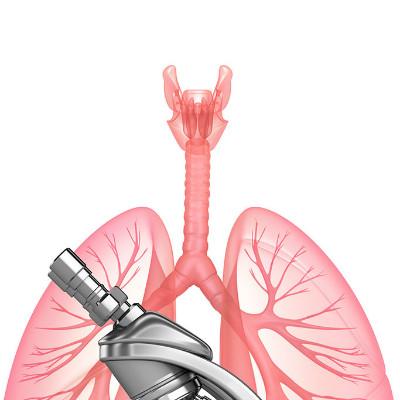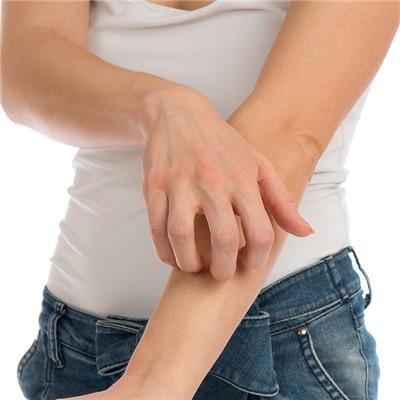Methods of judging Parkinson's disease
summary
The incidence rate of Parkinson's disease and the prevalence of Parkinson's disease increase with age. Parkinson's disease usually occurs over 60 years old, which suggests that aging is related to the onset of Parkinson's disease.
Methods of judging Parkinson's disease
First: clinical manifestations: most patients with Parkinson's disease developed after 60 years old, occasionally in their 20s. The onset was more insidious, developing slowly and aggravating gradually.

Second: auxiliary examination: the content of homovanillic acid in cerebrospinal fluid and urine can be detected by high performance liquid chromatography. Cranial CT can show widening of sulcus and enlargement of ventricle.

Third: exclude Parkinson's syndrome caused by encephalitis, cerebrovascular disease, poisoning, trauma, etc., and differentiate it from hysterical, tension, senile tremor.

matters needing attention
The diagnosis is mainly made according to the typical symptoms, and sometimes it is difficult to differentiate with the help of auxiliary examination.
















